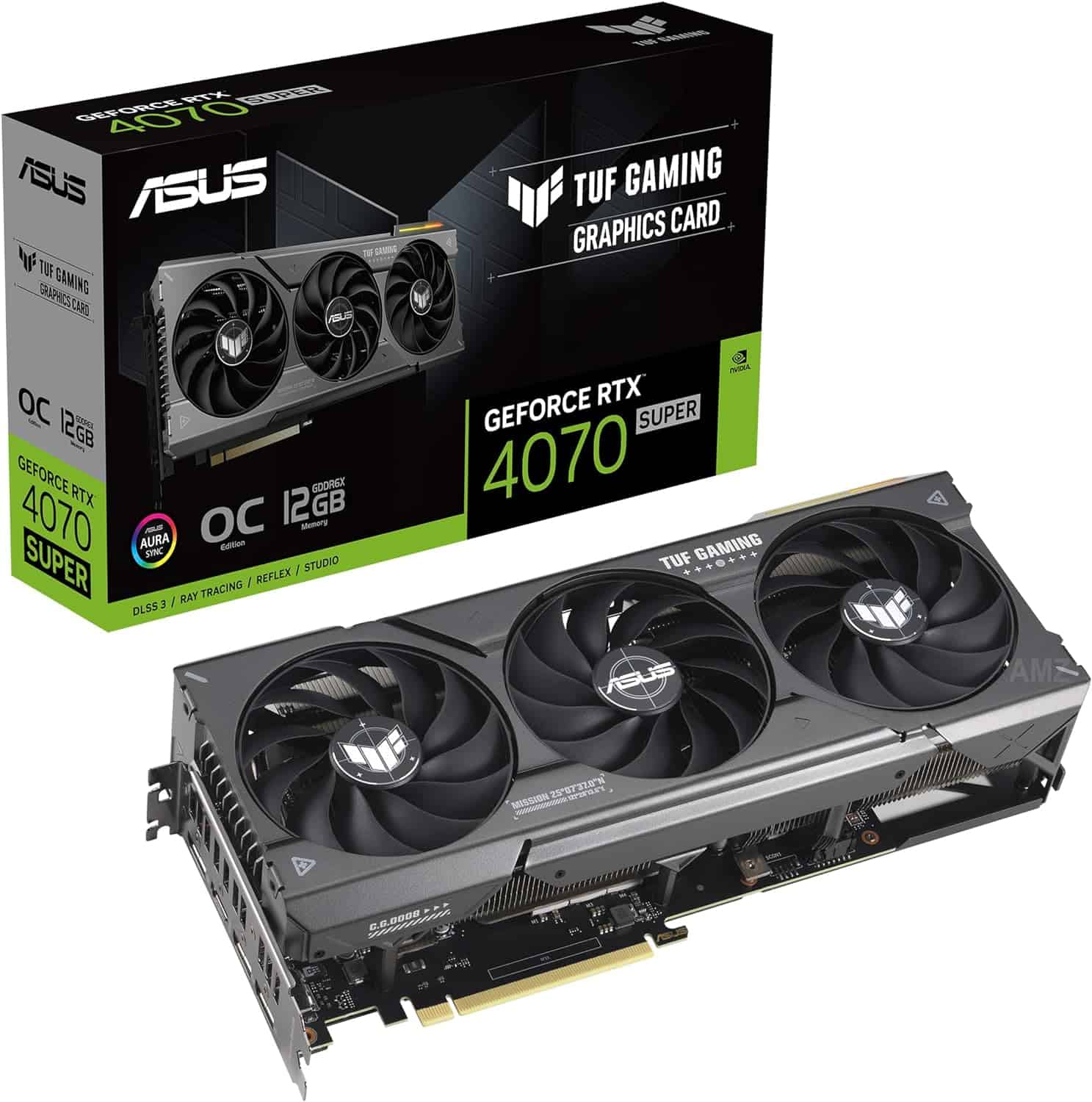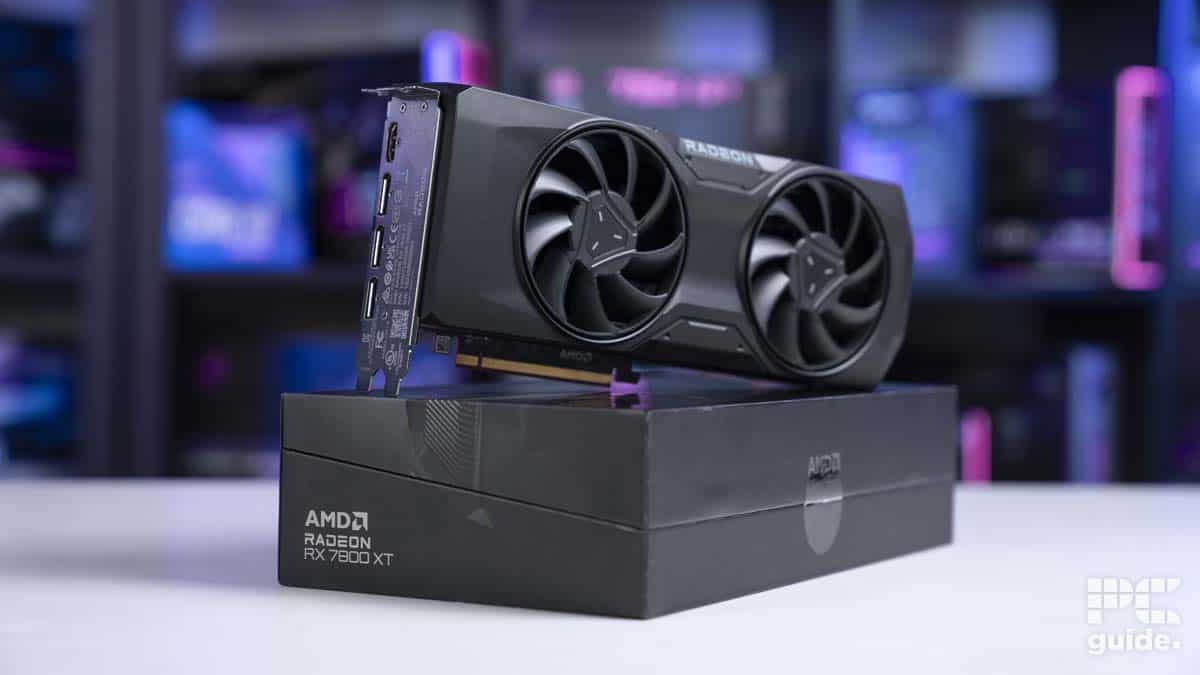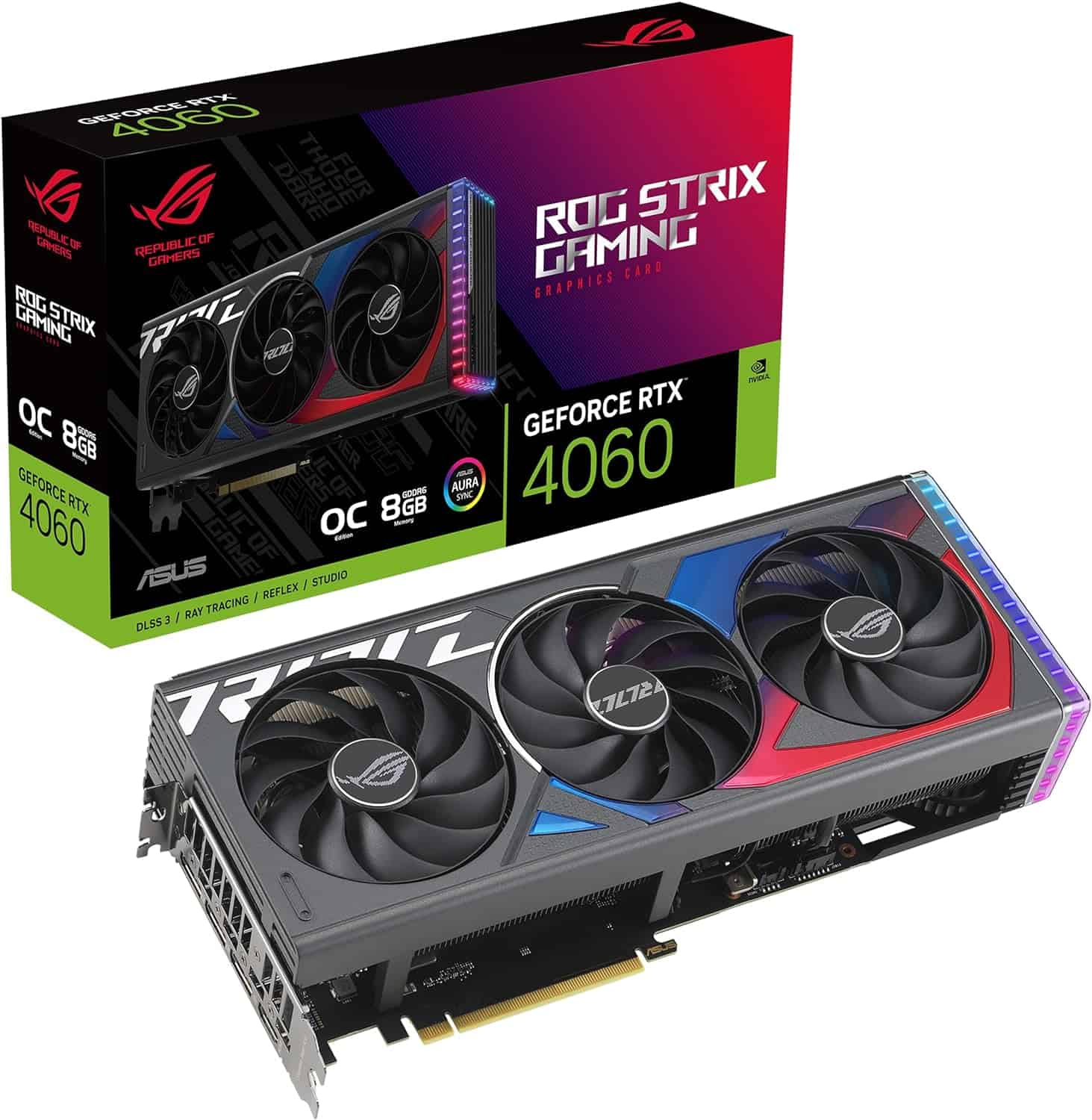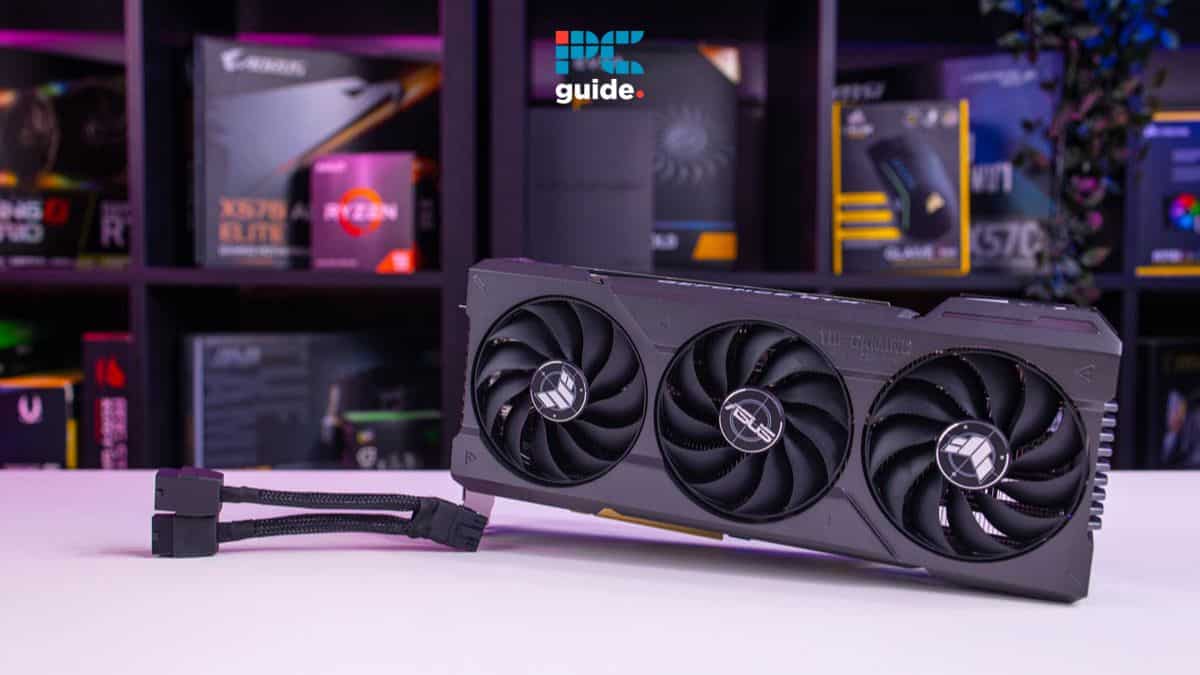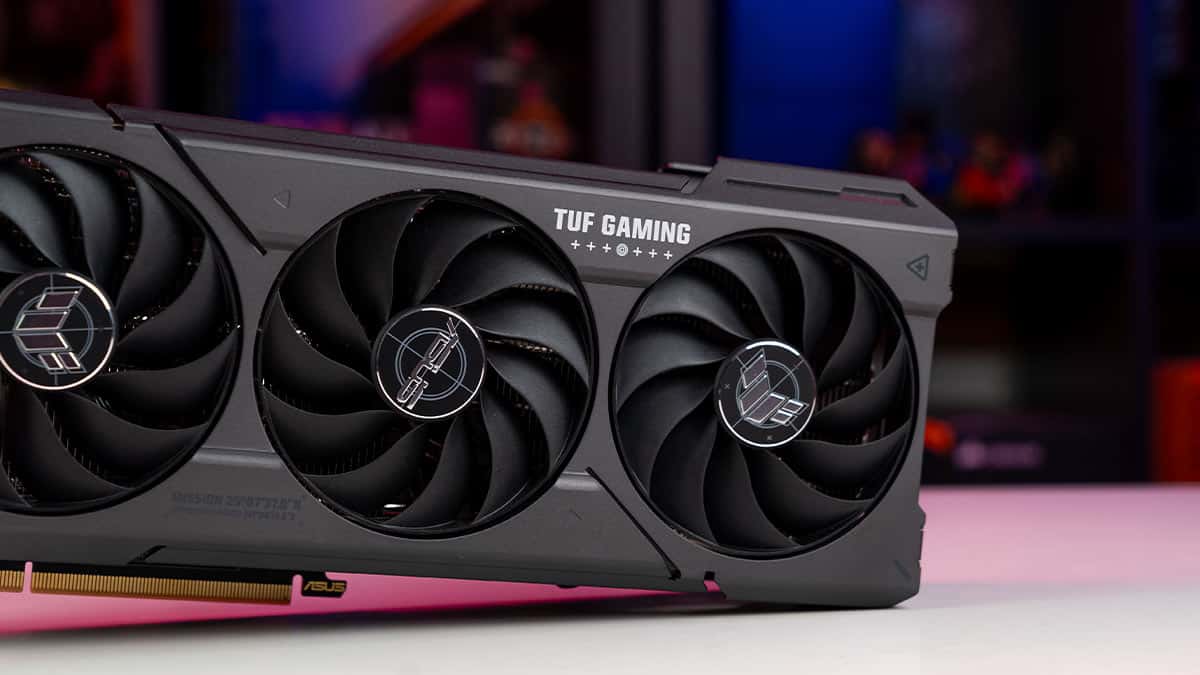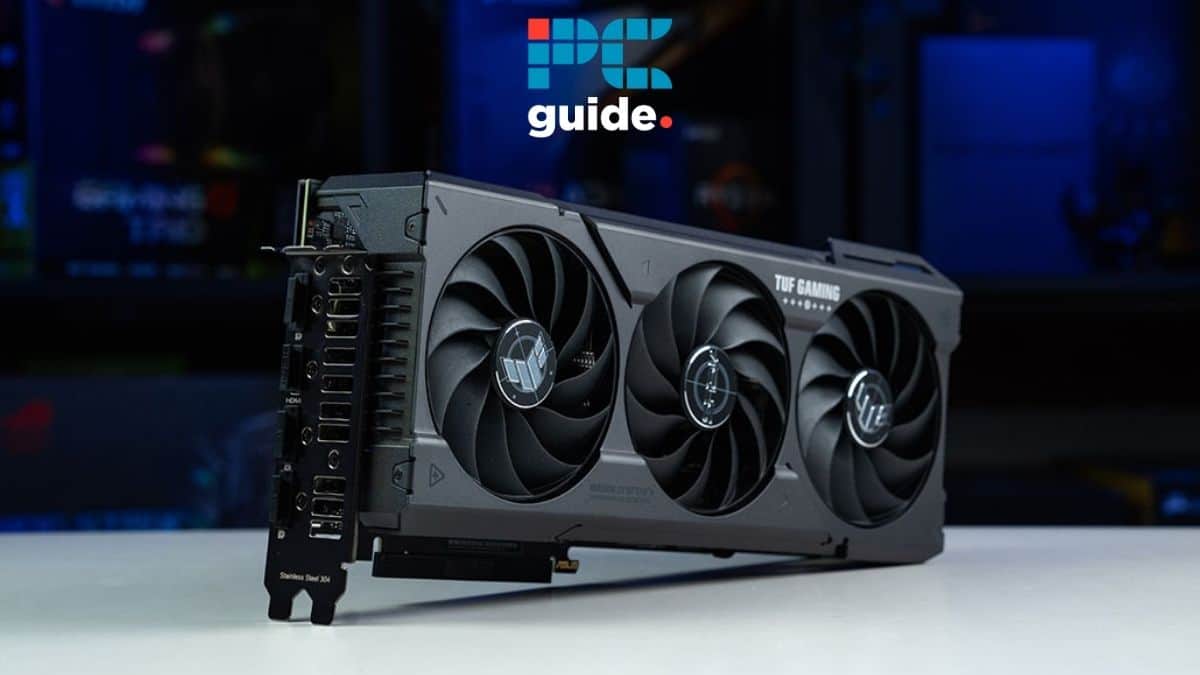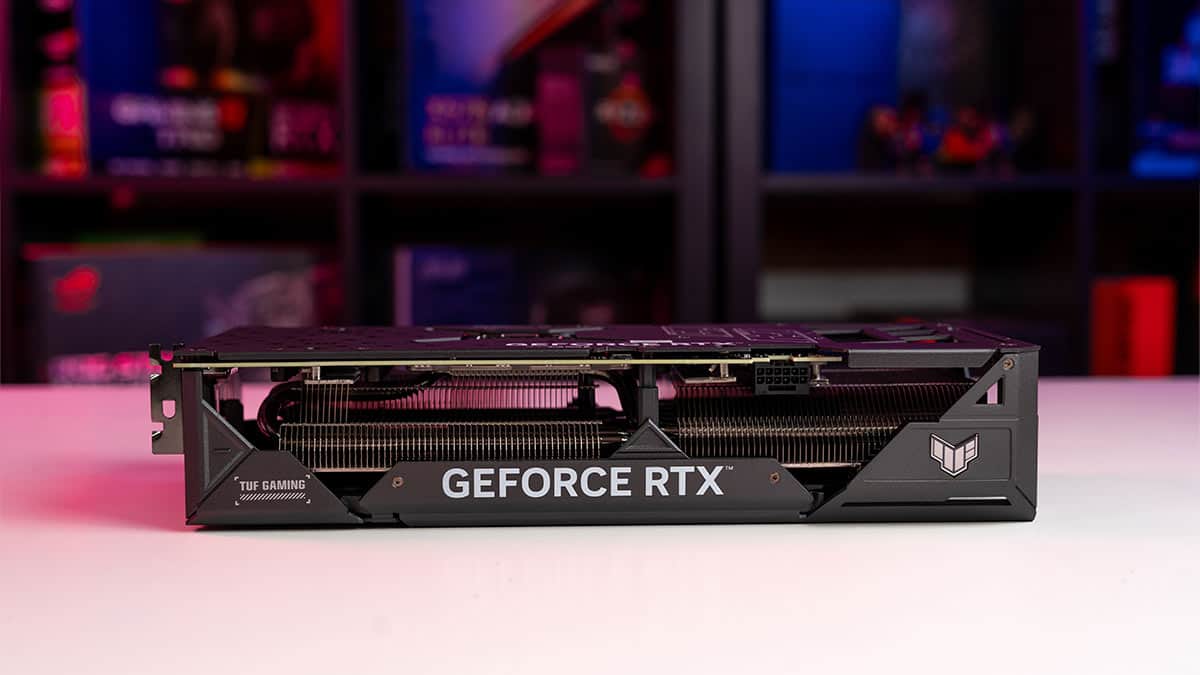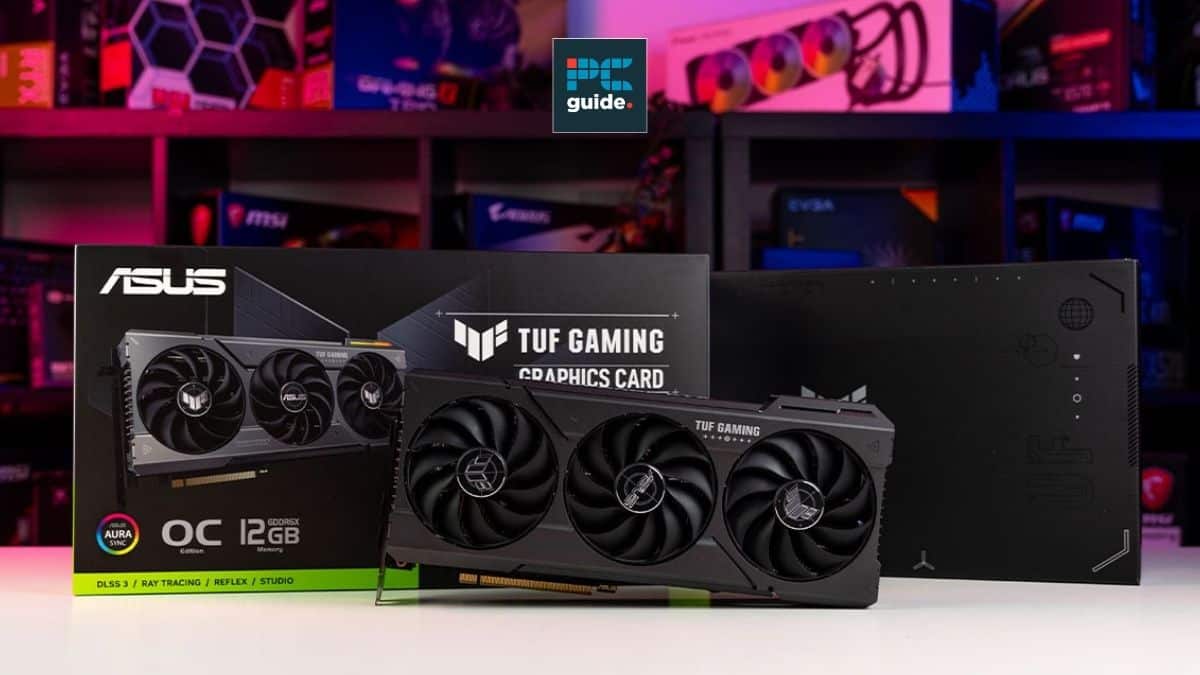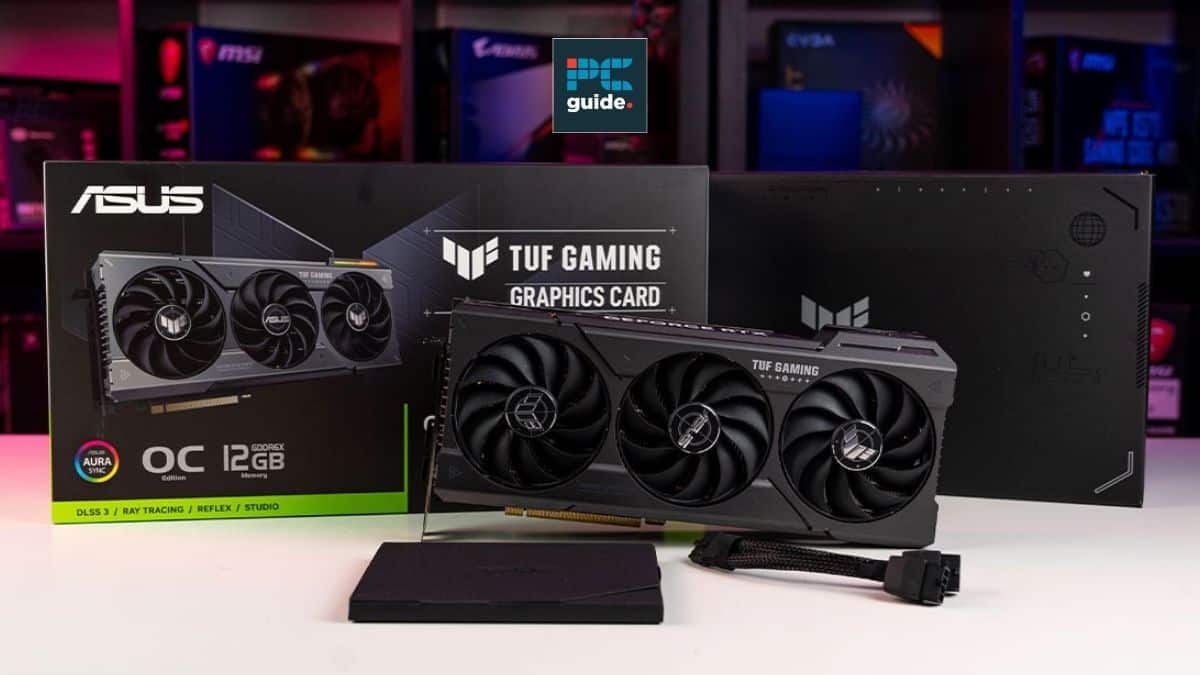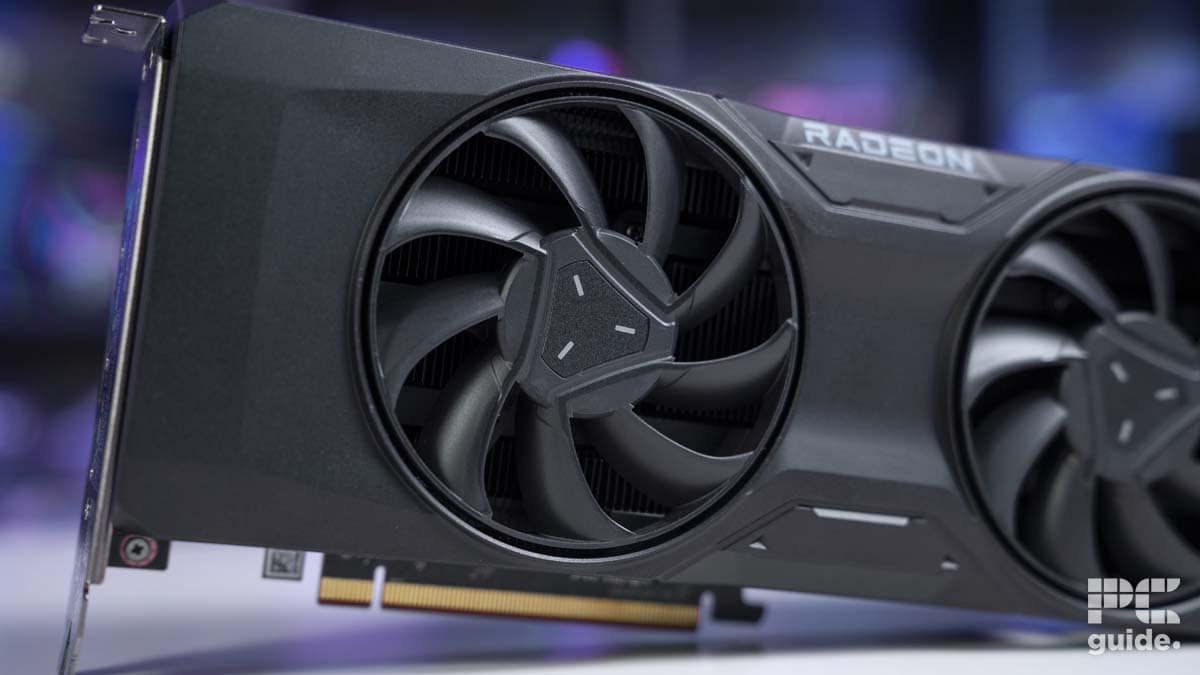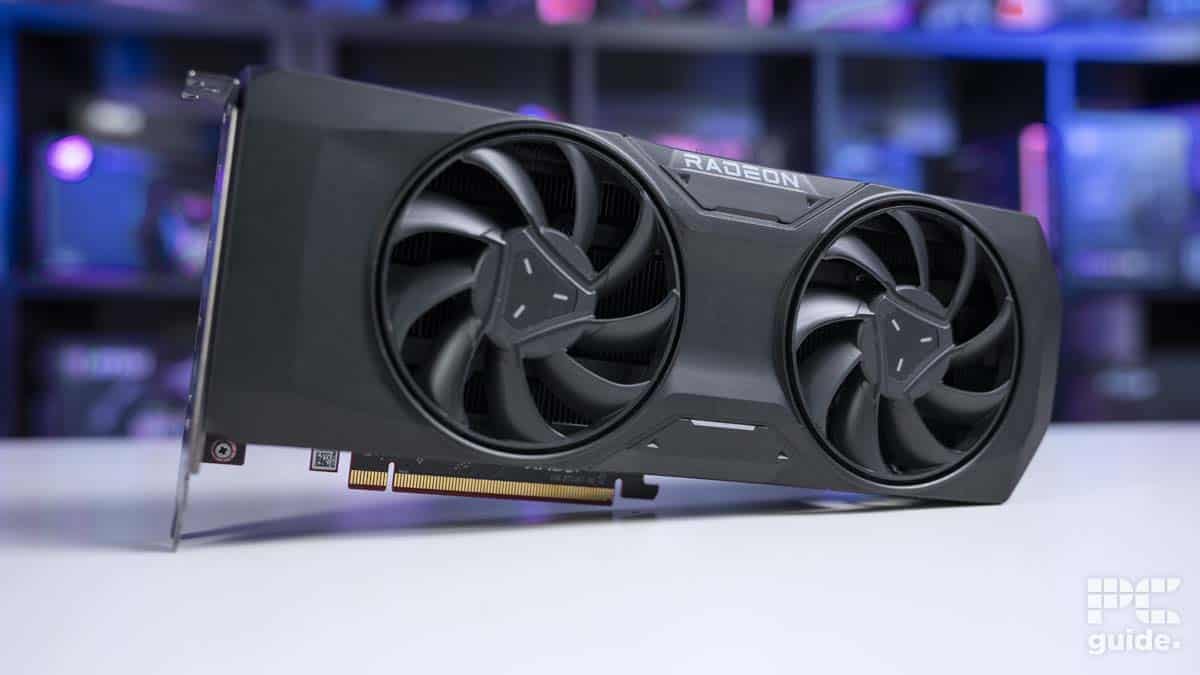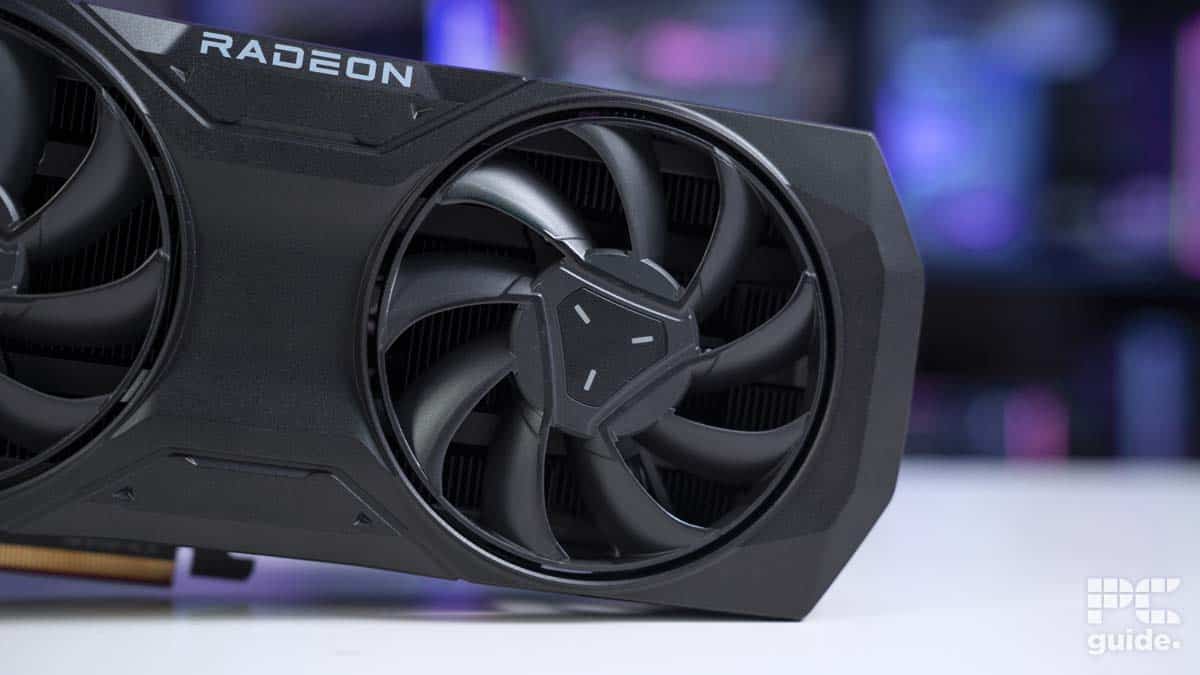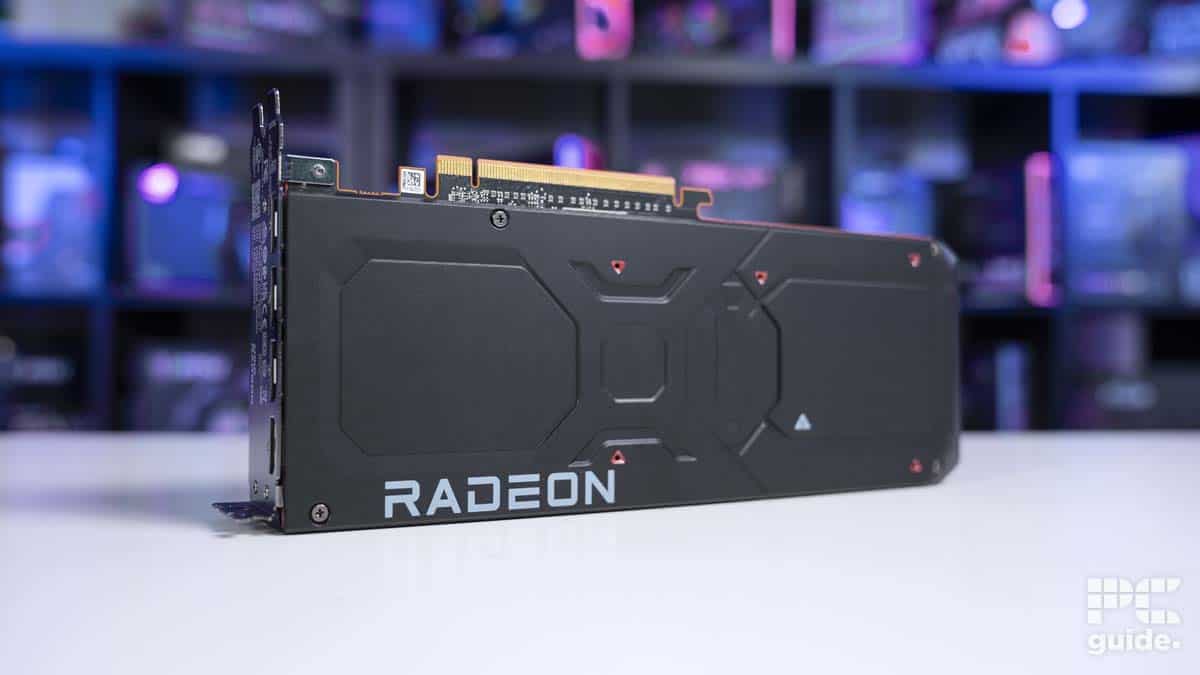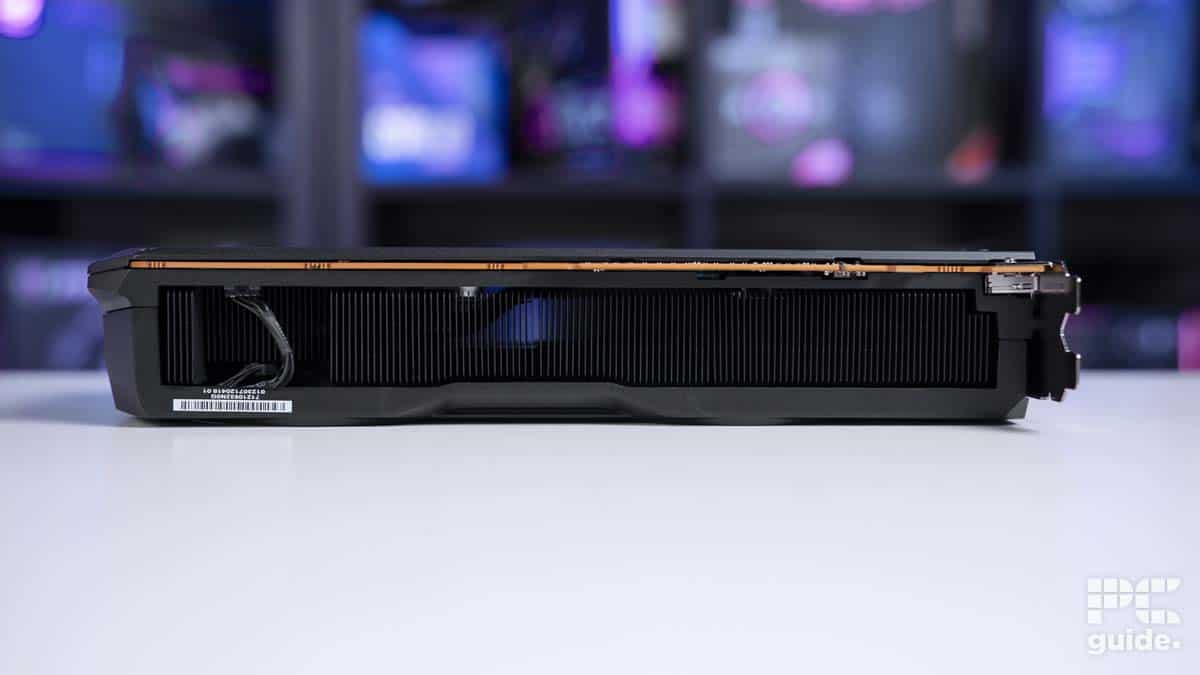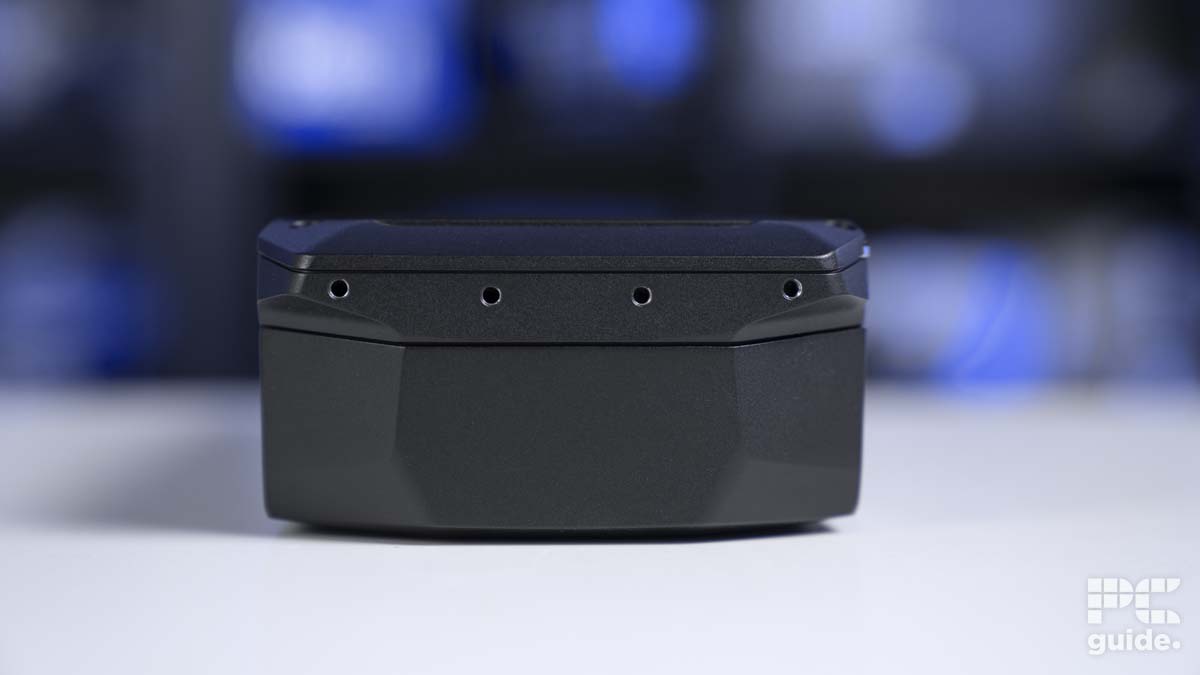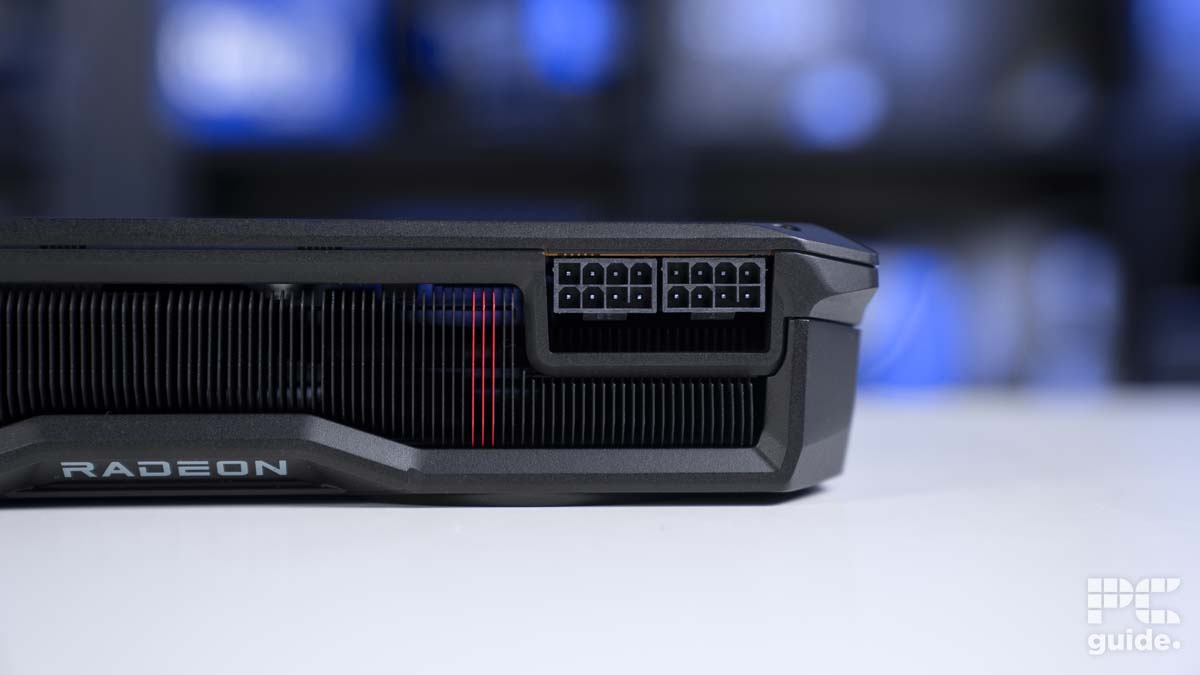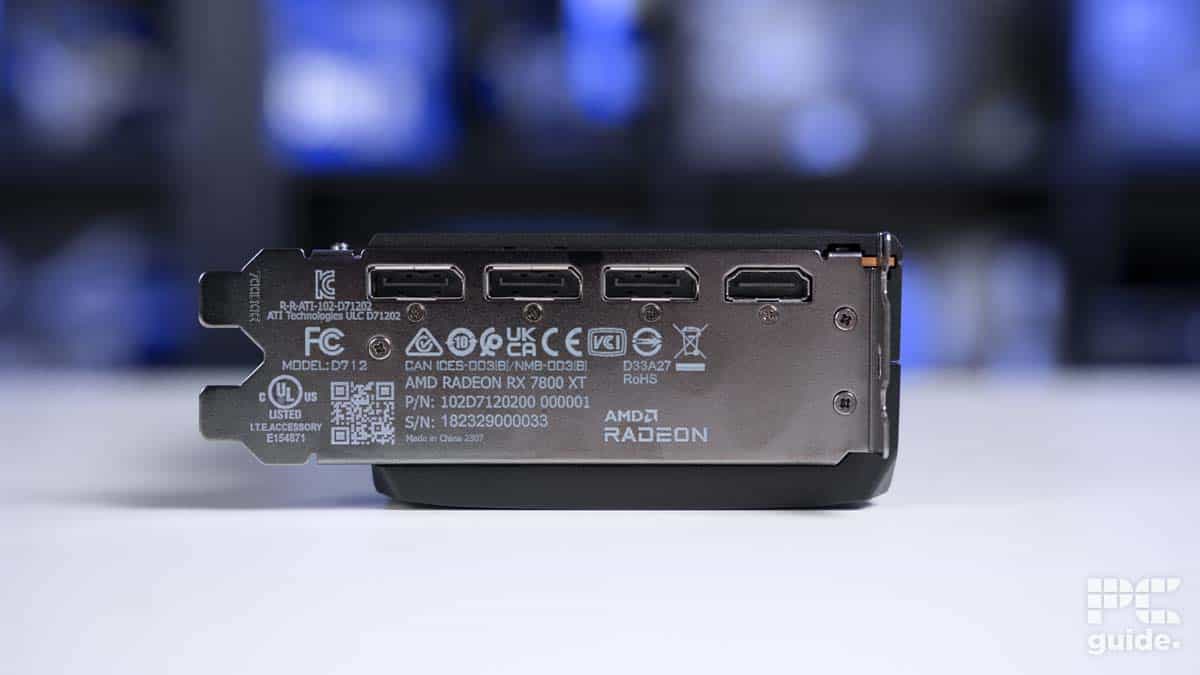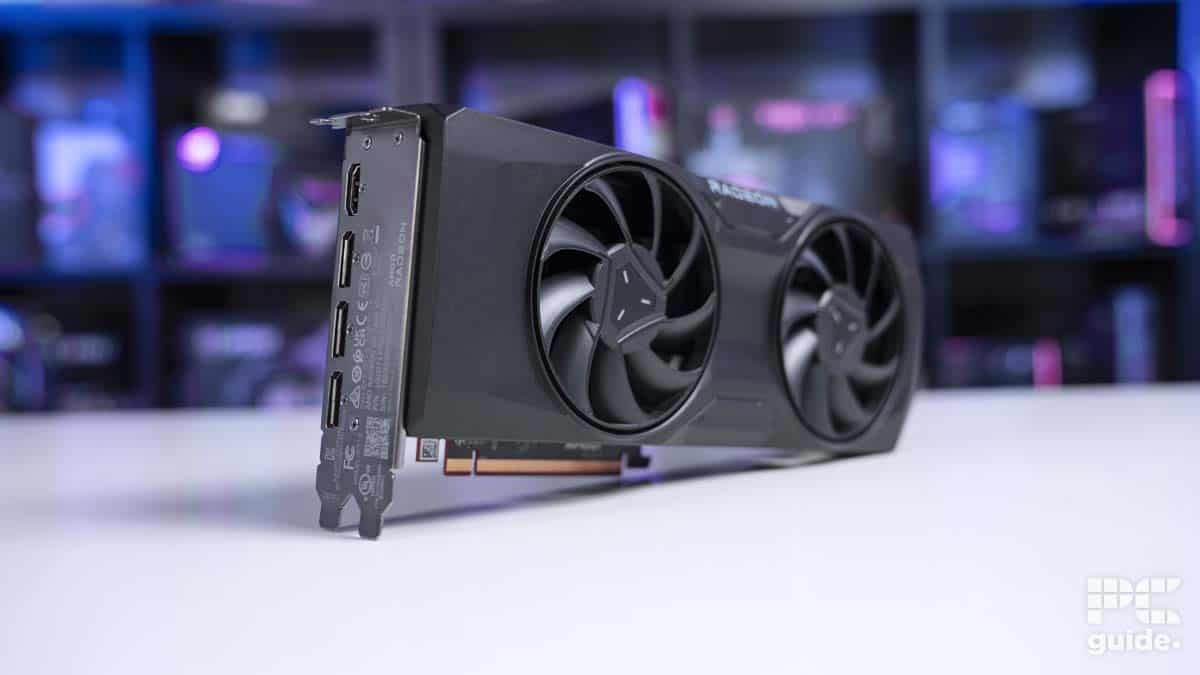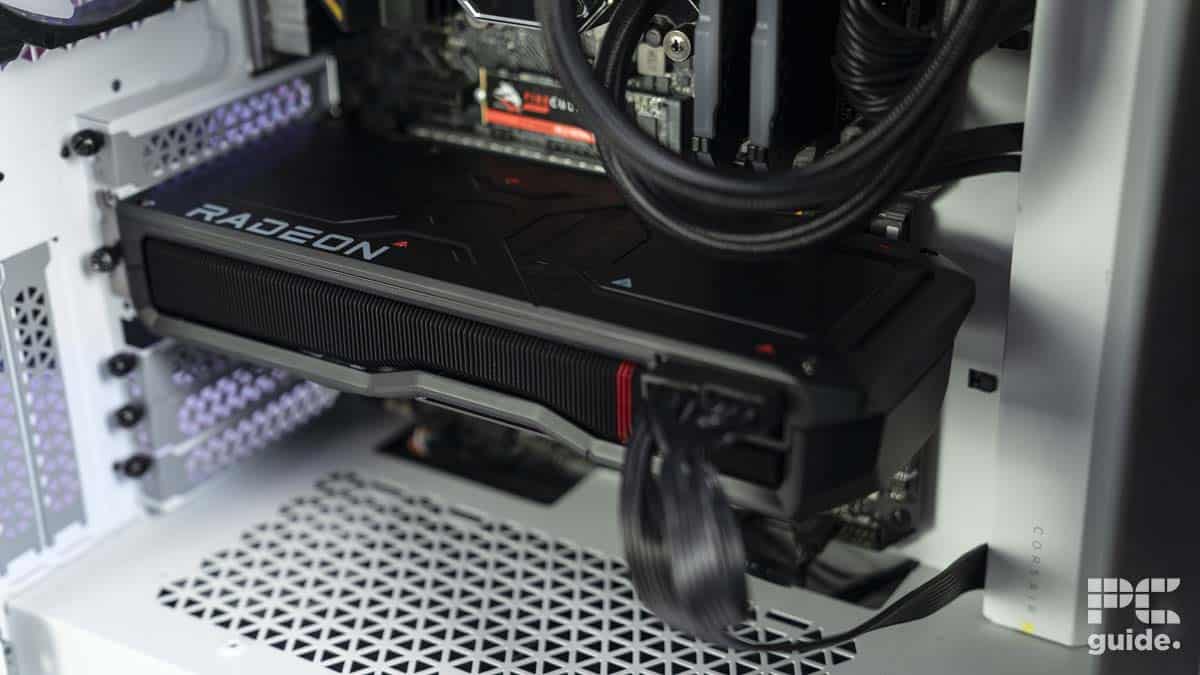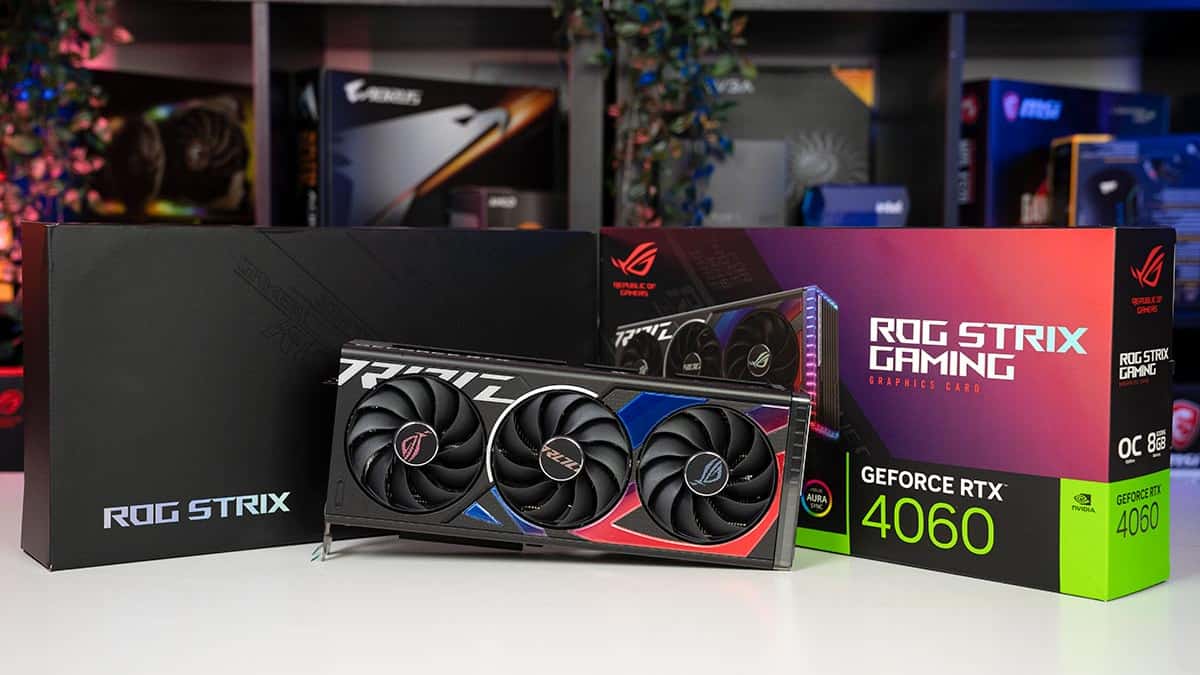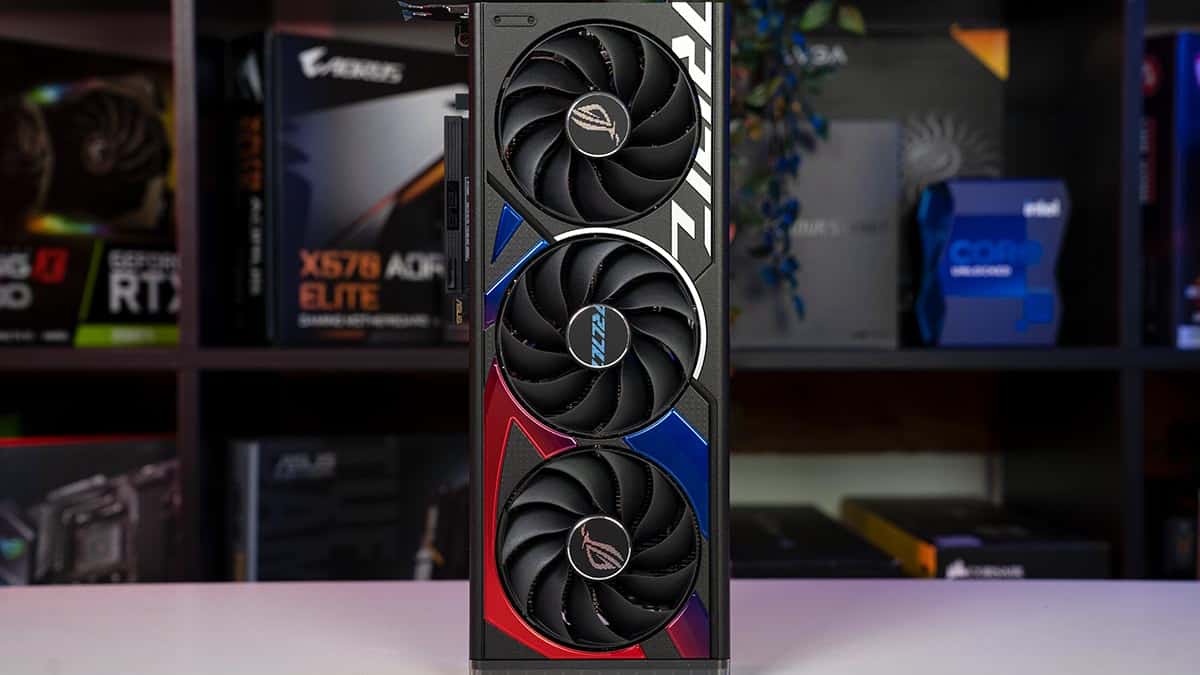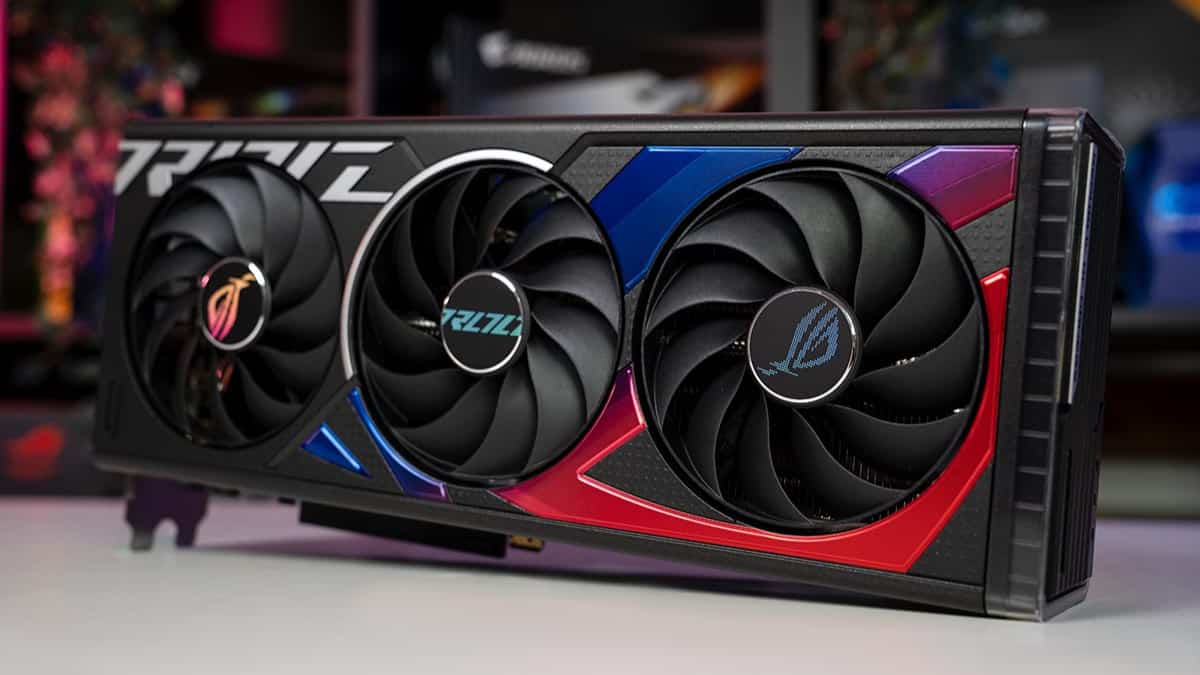Best GPU for Ryzen 9 5900XT – our top Nvidia and AMD picks

Table of Contents
The Ryzen 9 5900XT is one of the two AM4 refreshers that AMD released on the original launch date, while the 9000 series processors are waiting for their turn. While it is nice to see AMD support the aging AM4 socket, we didn't know they meant to release new processors when they said they'd support the previous platform.
This processor has buffed specifications and should appeal to those who want to stick to the AM4 socket longer. However, if you're wondering which GPU would pair best with it, we've done the research to answer that question.
We selected multiple options from the market, tested those GPUs, and put together this in-depth guide featuring the cards that made the cut. This guide includes their reviews, details, and pros and cons—everything you'll need to make an informed decision. If you were wondering about the difference between the two AM4 processors, check out our 5900XT vs 5800XT article for a detailed overview.
You can now buy the Ryzen 9 5900XT on Amazon or check out our Where to Buy 5900XT page. This page lists various retailers in one place to save you time and effort and help you beat the bots.
-
Best GPU for Ryzen 9 5900XT overall
ASUS TUF Gaming RTX 4070 Super OC Edition
- GPU: AD104
- CUDA cores: 7,168
- VRAM: 12GB GDDR6X
- Bandwidth: 504 GB/s
- Memory bus width: 192-bit
- Boost clock speed: 2595 MHz
-
Best AMD GPU for Ryzen 9 5900XT
AMD Radeon RX 7800 XT
- GPU: Navi 32
- Stream Processors: 3,840
- VRAM: 16 GDDR6
- Memory bus width: 256-bit
- Bandwidth: 624.1 GB/sec
- Base clock speed: 1,295 MHz
-
Best budget GPU for Ryzen 9 5900XT
ASUS ROG Strix GeForce RTX 4060 OC
- GPU: AD107 die
- CUDA cores: 3,072
- VRAM: 8GB GDDR6 VRAM
- Bandwidth: 272 GB/s
- Memory bus width: 128-bit memory bus
- Base clock speed: 1830 MHz
Our top picks

- GPU: AD104
- CUDA cores: 7,168
- VRAM: 12GB GDDR6X
- Bandwidth: 504 GB/s
- Memory bus width: 192-bit
- Boost clock speed: 2595 MHz
- It has better value than the base model
- It has excellent performance at 1440p and 4K
- It costs less than the RTX 4070
- It still uses a 16-pin adapter
- It can get expensive depending on the partner
If you want the perfect mixture of affordability and performance, we recommend the RTX 4070 Super. This mid-range card from Nvidia packs a punch in the performance department, and in our RTX 4070 Super review, we found it to be a solid card for 1080p and 1440p gaming.
To begin with, the RTX 4070 Super offers 7,168 CUDA cores and a bandwidth of 504.2 GB/s. It also has a base clock speed of 1,98 GHz and a max boost frequency of 2.48 GHz. These specs mean you won't encounter any performance-related issues with this GPU installed in your rig.
This GPU also has 12GB of GDDR6X VRAM, which should be enough to support your demanding gaming sessions and deliver high frame rates at 1080p and 1440p. According to Nvidia, the RTX 4070 Super offers 4.1 times better performance than the RTX 3070 Ti in games like Cyberpunk 2077 with DLSS + RT on.
The RTX 4070 Super is a powerful mid-range graphics card that packs in more under the hood than the original without raising the price.
PC Guide
However, we couldn't rely solely on what Nvidia said, so we tested the GPU ourselves. In Assassin's Creed Mirage, the card managed to hit 150, 117, and 74 FPS at 1080p, 1440p, and 4K. What was surprising was its 4K performance since these tests are done natively, and 74 FPS is more than playable. On top of that, we still have the option to boost these numbers using DLSS.
In less demanding games like CS2, the FPS stayed above 300 at 1080p and 212 at 1440p. Even at 4K, we got more than 100 FPS in CS2. So, you'll benefit greatly from the GPU if you own a high refresh rate monitor and play such games.
Overall, the 12GB VRAM, 2,48 GHz boost clock, and the ability to run several games at 1440p smoothly make the RTX 4070 Super a great option for the Ryzen 9 5900XT.
What users say
According to Amazon reviews, this card has excellent performance, and it’s a beast at 1440p resolution. One reviewer said: “The performance on this gpu is unmatched for its price, I can consistently get 300 fps on medium graphical settings in rainbow six siege. It does not run hot and the performance as expected is in between the 4070 and a 4080's performance. If you are in a budget but are wanting a higher end component I would definitely go for it.”

- GPU: Navi 32
- Stream Processors: 3,840
- VRAM: 16 GDDR6
- Memory bus width: 256-bit
- Bandwidth: 624.1 GB/sec
- Base clock speed: 1,295 MHz
- It has great 1440p performance
- It is capable of pushing 4K
- It provides excellent value for its price point
- Ray-tracing results aren't the best
- It isn't the best option for creative purposes
If you're looking for an option from AMD, you'd want to check out the RX 7800 XT. This GPU puts many others to shame due to the value for money it offers. In our RX 7800 XT review, the card delivered exceptional performance and exceeded our expectations.
When it comes to specifications, the RX 7800 XT has 16GB of GDDR6 VRAM and 3,840 Stream Processors. It is important to note that GDDR6 is slightly slower than the X variant found in the RTX 4070 Super, but you won't feel the difference that much.
The 7800 XT offers a 256-bit memory interface and a memory bandwidth of up to 624 GB/s, which should help transfer the data at a much faster speed, resulting in better in-game performance. While its base clock is 1,295 MHz, its game boost clock is 2,124 MHz. And if you want to push its limits further, you can take it up to 2,430 MHz.
The AMD Radeon RX 7800 XT is a leading 1440p graphics card for its price point, undercutting its competition significantly.
PC Guide
However, do note that increasing its frequency will increase its performance, power draw, and thermal output. We recommend using the best 140mm case fans to ensure adequate airflow through your casing, resulting in better heat dissipation.
For our review, we tested the GPU in Assassin's Creed Mirage, one of Ubisoft's latest titles. At 1080p, the average FPS was around 132, and it stayed around 108 at 1440p. We even got more than playable FPS, 68, at 4K.
We brought in the big guns, Cyberpunk 2077, to really put this GPU through its paces. The FPS stayed above 140 at 1080p and 90 at 1440p. Keep in mind that this was with the graphical settings set to ultra. However, when we switched to 4K, the FPS dropped to 39 and then to 13 when we turned RT on.
Overall, the RX 7800 XT provides great value for money and is a strong GPU for 1080p and 1440p gaming. When paired with the Ryzen 9 5900 XT, it should help deliver top-tier performance in several games and productivity tasks.
What users say
According to Amazon reviews, this card is excellent at 1440p gaming, and while it can push 4K, it isn't its strongest suit. One user said: “In terms of performance, it is a bit overkill for 1080p 240hz. Usually with high or max settings in most games, FPS was smooth overall and is always at or above 200 FPS for most of the demanding games, unless the game is badly optimized or you start to use ray tracing in certain scenarios.”
- It has excellent 1080p performance
- Bolstered by DLSS3
- It has better value than the RX 7600
- Not the most powerful card for Ray Tracing
- Can't push 4K
If you're unwilling to overspend on the GPU and are exploring budget options, you may want to check out the RTX 4060. When we tested this graphics card for its review, it didn't disappoint; it had excellent performance at 1080p and 1440p.
For starters, it comes with 8 GB of GDDR6 VRAM and a 128-bit memory interface. It also has a bandwidth of up to 272 GB/s, 3,072 CUDA cores, and a base and max boost clock of 1,830 MHz and 2,670 MHz, respectively. The card also packs 96 TMUs and 48 ROPs. What this means is that despite having a “budget” title, it packs enough hardware to tackle various demanding titles.
The best part about the RTX 4060 is that it’s not a power-hungry card, as it only has a TDP of 115W. On top of that, Nvidia recommends only a 300W power supply for it. So, you might be able to install it in your rig without upgrading your PSU.
However, this will also depend on the version you are getting. For instance, for the unit we reviewed, the ASUS ROG Strix GeForce RTX 4060 OC Edition, ASUS recommends a minimum 550W PSU for it. So make sure to check this out before making a purchase. If you're interested in exploring more options for PSUs, check out our guide for the best power supplies for gaming.
The Nvidia RTX 4060 is a solid video card for 1080p and 1440p gaming at a good price point.
PC Guide
Now, let's take a look at its performance. In CS:GO, which isn't a demanding game, we constantly got 493 FPS at 1080p and close to 300 FPS at 1440p. We tested the card in Assassin's Creed Valhalla; the FPS stayed above 100 at 1080p, while it dropped to 74 at 1440p, which was still pretty impressive. Even in Cyberpunk 2077, the card was able to maintain around 77 FPS at 1080p and did deliver more than playable FPS at 1440p—48.
That said, you should be able to get better performance out of this card if you overclock it, but remember that running it in a highly overclocked state for extended periods could damage it. Besides that, it'll increase its power draw and generate more heat. If you're still interested in pushing it to its limit, check out our how-to-overclock a GPU guide, which explains the process step-by-step with pictures.
Overall, we were satisfied with the card's performance and highly recommend it for the Ryzen 9 5900 XT if you're tight on a budget. It still gets the job done, even though it may fall under the ‘budget' category.
What users say
According to Amazon reviews, this is an “exceptional graphics card” that offers top-notch performance and energy efficiency. One reviewer said, “It runs great and so far has handled every game I have thrown at it on ultra-high. Runs pretty cool under load.”
How to pick the best graphics card for this CPU
Selecting a GPU for any game, task, or processor sounds like a simple task, but a handful of factors come into play, and ones you need to consider before making a decision. Spending your money on the most decked-out options isn't wise, as unless you have an enthusiast build, you won't need all that firepower. So, to help you make an informed decision, we've listed some of the factors below.
Budget
The first and most important factor to consider is the budget. This will directly impact your selections, and we recommend always operating within the set budget. This will keep you from overspending on a GPU that you don't need.
That said, since the 5900XT is a new but old processor, you can choose from a bunch of graphics cards, such as the RTX 3000, RX 6000, RTX 4000, and RX 7000 series GPUs.
The previous-gen cards will align more with the 5900XT's performance; however, it should also be a good fit for the new card. Opting for one of those would allow you to upgrade to a stronger CPU in the future without worrying about bottleneck issues.
Performance
Depending on the level of performance you want out of your rig, you could either go for the latest high-end options or a budget pick. For example, if you only want to play games, this processor with an RX 7700 XT, which we've reviewed, would go well as it is a solid mid-range GPU with good performance.
On the other hand, if you have professional tasks to complete, such as rendering, 3D modeling, and more, a powerful GPU like the RTX 4080 would be better due to its sheer raw performance.
Ambient temperature
Many people ignore their ambient temperature while putting together this PC, but it plays a big part in how your components will perform. For example, if your ambient temperature is high, the base temperature of your components will also be high, meaning they'll reach the peak much quicker.
To take care of that, you'll have to invest in cooling solutions like the best 140mm case fans or the best airflow PC case, which should ensure adequate cross ventilation and keep your CPU and GPU from overheating
